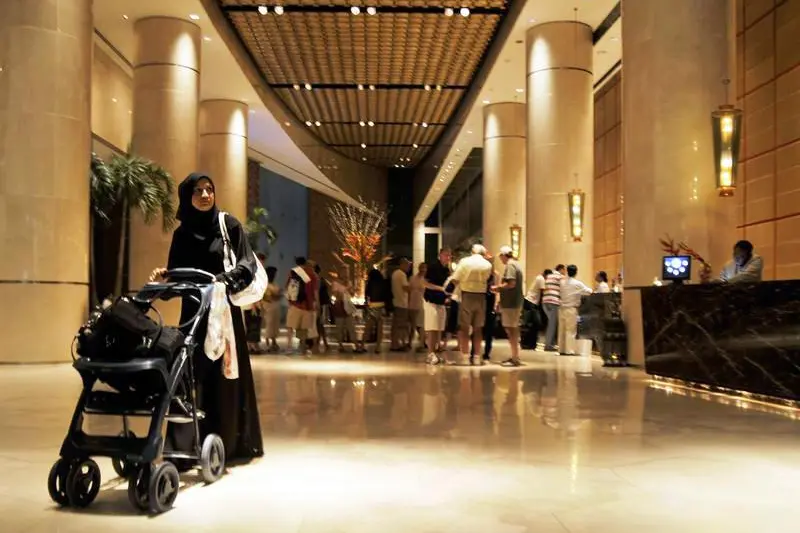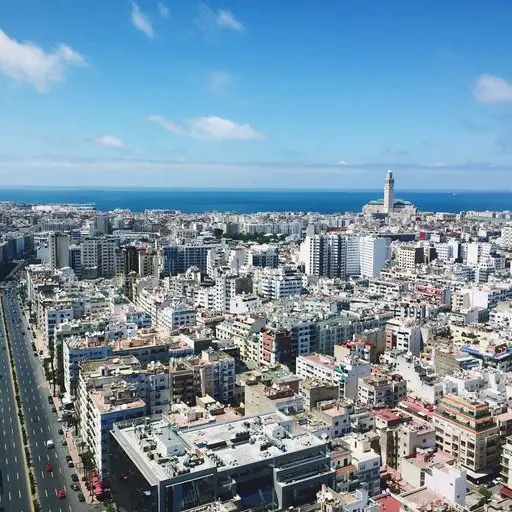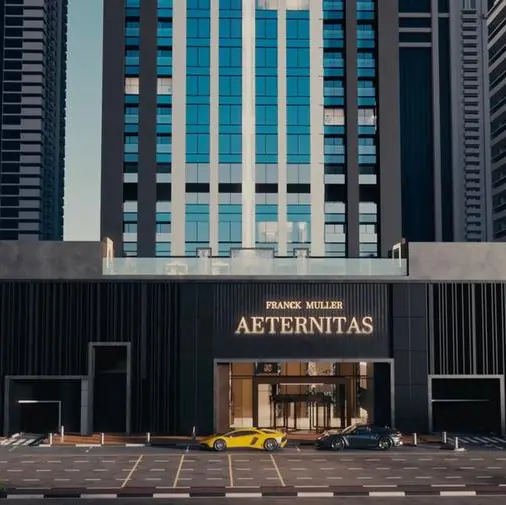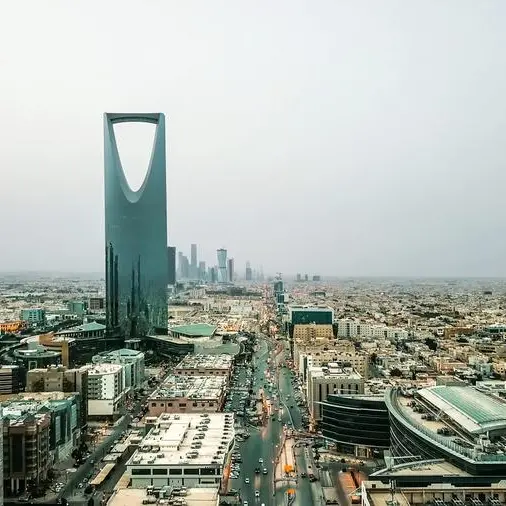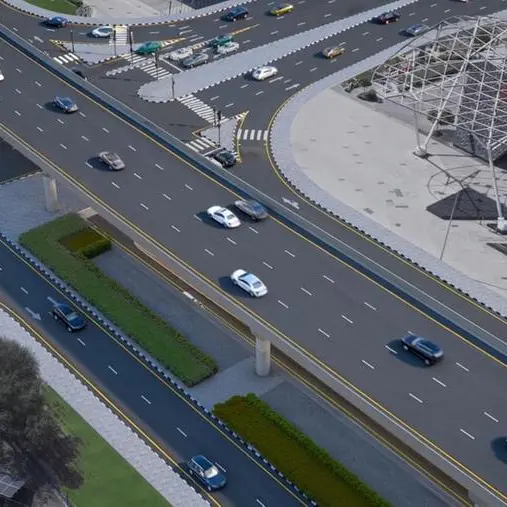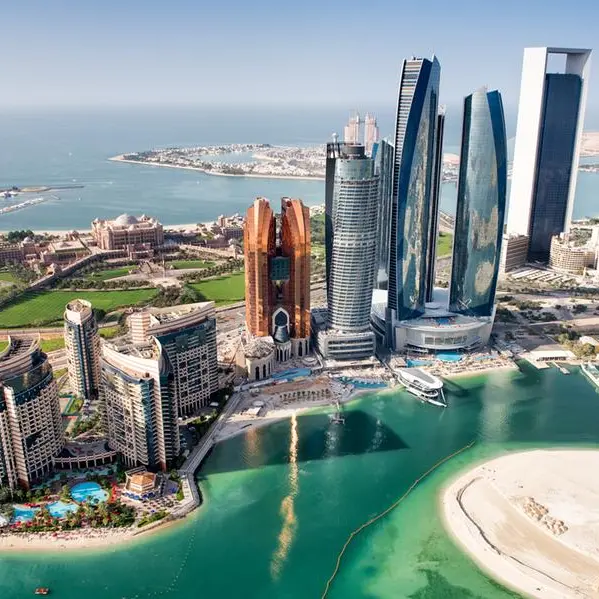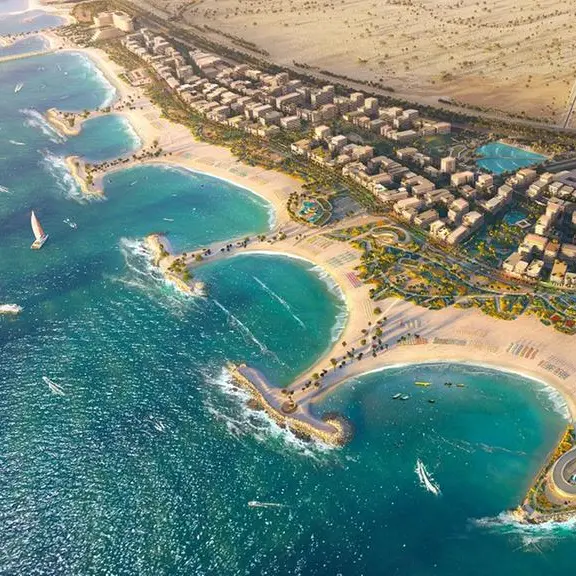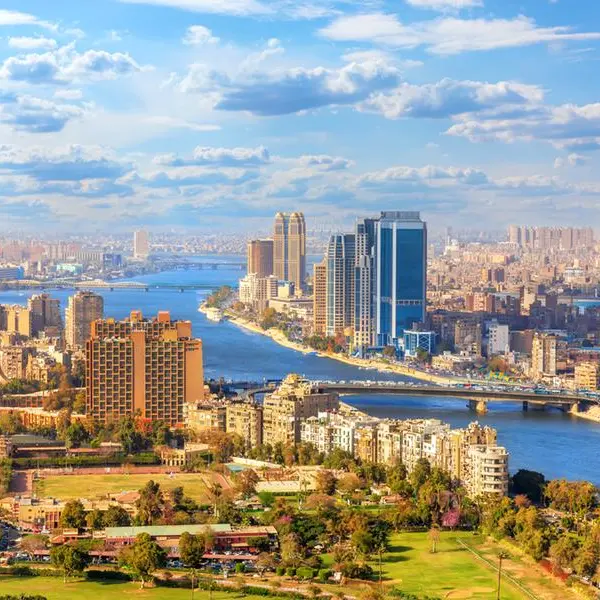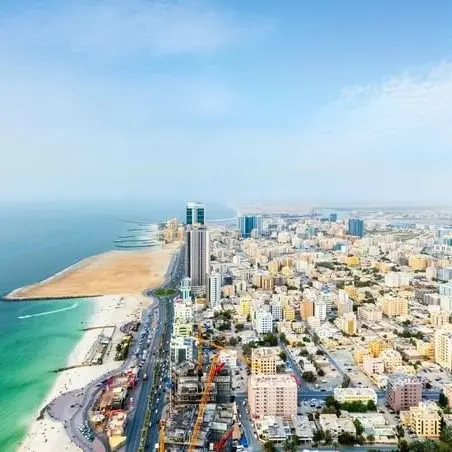PHOTO
Image for illustrative purpose. A woman walks with a baby stroller in a hotel lobby in Dubai.
Hotel occupancy rates are bouncing back in UAE, but rooms need to be refurbished and future-proofed to ensure profits going forward, industry experts say.
In February, hotels in Dubai enjoyed 91.6 per cent occupancy, when the rate usually sits between 75-85 per cent.
The first quarter of 2022 showed signs of a strong recovery post-pandemic, with occupancy and revenue-per-room rising, allowing many in the sector to target refurbishment.
Almost half of all available hotel rooms in Dubai are more than a decade old, according to a recent HDR report into Accommodation Supply & Demand, citing data compiled between Jan – Feb 2022. Of the recorded 139,000-plus rooms, some 65,000 are more than 10 years old, the report stated.
“A hotel should generally start looking at refurbishing beds/mattresses around year five, curtains and carpets around year seven, and joinery/fittings/furniture/equipment (FFE) around year 10. The life cycle of a hotel, if not renewed, starts to decline from year ten onwards,” said Nathan Hones, COO / Partner at Carter Hones Associates.
“As visitors are returning to the UAE, hotels are open with high occupancy rates, putting more liquidity into the coffers of hotel owners. This allows them to re-open previously closed restaurants and re-start their previously planned refurbishment plans, put on hold during the COVID close-down period when operators had capped all expenditure.
“The RevPAR (Revenue Per Available Room) has been dropping, from a peak in 2009 - $353 - to $138 in 2019, a 60 per cent drop. It shows that to maintain a constant occupancy level, Dubai hotel owners have been dropping their RevPAR to attract guests into the hotel. However, the downward pressure on revenue has caused hotel owners to look for ways to diversify their revenue streams away from relying on room rates.”
Renovate to reap rewards
Hones said that hotel owners and asset managers are looking for ways to increase revenue in existing hotels. “They review the different room types, occupancy levels and income across the year, ensuring each room type maximises its popularity and income,” he said.
Filippo Sona, Cofounder of Wood Couture, said that the UAE's hotel industry holds great scope for newcomers, with the current pipeline estimated to be boosted by 44,459 more room keys, according to STR Global’s May 2022 report. “This new pipeline, combined with the already existing c200,000 keys, will take the UAE towards quarter of a million key stock.”
According to the Wood Couture FFE Market Demand Index report Q1 2022, the UAE Furniture, Fixtures, and Equipment [FFE] sector has a market share of 36.58 per cent of the Middle East and Africa's total FFE market demand. This market share is estimated at $2,924,173.82 or 10.7 billion UAE dirhams.
Hones said hotels have various options available for refurbishing, including upgrading, adding rooms, splitting rooms, and adding other revenue-generating opportunities.
“Rixos Bab Al Bahar in RAK had many large family rooms with average occupation but not much revenue from a standard suite. After exploring several optimisation studies, we divided the family rooms into two separate rooms, with a dual key option. This added 80 keys to the property's inventory and provided 160 refurbished rooms at the same time, increasing not only the revenue but also the overall asset value.”
Another example of an exciting project was Jungle Bay Water Park at the Westin Mina Seyahi. “The Waterpark was positioned on an under-utilised piece of grass that was drawing no revenue. It cost money for water and maintenance. So, it was a little unusual to re-purpose and refurbish a patch of grass. Although the waterpark is not a 'pay-for-play' activity, not directly adding additional revenue, it is a differentiator and a USP for the Westin and Le Meridien Hotels,” said Hones.
Tolga Lacin, Area General Manager, Marriott International, said the Jungle Bay project pre-work started in 2019. The land where the waterpark was built was limited, previously used as a grass recreational area and for events and sunbeds.
“We hired the best water park designers from Canada to maximise the usage of the space and used multiple designers and consultants for this project. The design was fully completed by early 2020 - just about when COVID-19 hit the world.”
Despite the COVID situation, Lacin said that with stakeholders' support, they decided to press on with the build in late 2020 and construction was completed in less than 120 days.
“The park was open and in operation by February 2021 and quickly proved that it did add massive value to our offerings to local and international travellers. The demand for our hotels increased by over 50 per cent and we could see the number of kids in the complex also increase twofold,” he added.
Trends in refurbishments
Oliver Dawson, Business Development Manager at Aati Contracts (Al Tayer), warned that several hotels built more than eight years ago are due for refurbishment, but that allocated refurb spend has often reduced.
“Clients demand contractors provide more creativity with materials and value-added engineering solutions to their look. Some need more light-touch upgrades than extensive refurbishments, with rates of 95,000 dirhams per-room upgrade.
“Still, there is massive demand for extensive hotel refurbishment based on the operator's needs. For instance, we have completed a 5-star hotel with pricing for standard room complete refurbishment [room and bath] coming in at 120,000 – 125,000 dirhams, and some projects have been priced at 180,000-200,000 per room, depending on the level of refurbishment needed,” he said.
Dawson added that requirements for the changes are diverse. “Some clients are turning their hotel suites into standard rooms, as their property at a particular location had more demand for standard rooms.
“Then some clients did extensive refurbishment to have a family room on the premises -- an adult room joined to an adjacent room which has been converted to a kids’ room with an attractive play area. Clients are also increasing their F&B dining seating spaces to increase the number of seats available with more indoor and outdoor options,” he added.
Ross Trivett, General Manager, Khansaheb Interiors, has noted an increase in project activity within the hospitality refurbishment sector since EXPO 2020. “In some cases, the delays in investment have exacerbated the requirement to refurbish with defects, particularly within Mechanical Electrical and Plumbing (MEP) systems and waterproofing, seriously affecting the operations and the running cost of some properties.”
He added that clients generally demand that refurbishment and upgrades be completed with minimal disruption to the guest experience, reducing the impact on the business.
“Hence, the refurbishment is phased around the low season and only completed to the available stock, so if the property is running at 85 per cent occupancy, we can take only 15 per cent out of stock at any one time. It typically leads to longer refurbishment schedules and prolongs the risk of disruption to the guest experience and hotel operations.”
Trivett added: “Some clients, particularly those embarking on a significant refurbishment, will have no option other than to close the property to allow a fast and dynamic refurbishment during the low season. This refurbishment generally includes all BOH and FOH (Back of House and Front of House), and external areas as access is required throughout the property to replace MEP systems such as chilled water pipework and hot and cold-water pipework. Due to the delay in investment, we see an increased number of projects falling within this category.”
“Our most recently completed projects include a Design-and-Build contract to refurbish 250 keys and corridors of the Movenpick Bur Dubai. This was a four-month contract while the hotel remained in full operation.
(Reporting by Hina Navin; Editing by Charles Lavery; Additional Editing by Anoop Menon)
